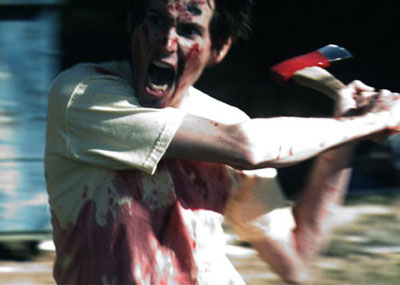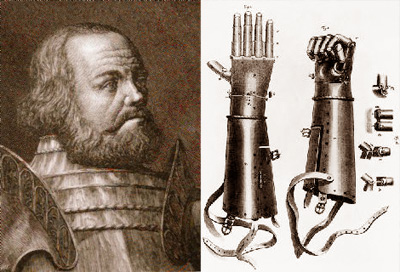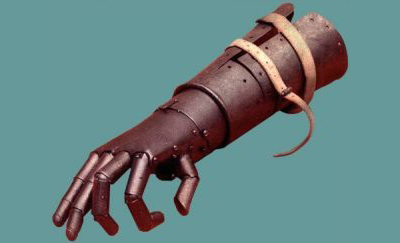Inauguration of the Pleasure Dome’s Surreal Ritual
Above is Kenneth Anger‘s 1954 film Inauguration of the Pleasure Dome in its entirety. A film critic friend pointed me to it, with the simple statement “it’s weird, you’ll like it.” This came up along with news that Anger, 81, is terminally ill.
In some ways this seems a film out of time. It presages ’60s psychedelica (and would be re-released in a “sacred mushroom” version in 1966), yet the style is enmeshed in the occult revival of the fin de siècle. Watching it the first time, I couldn’t but see it as a glimpse into an alternate universe where the silent film era never ended and Aleister Crowley took the world by storm instead of dying in a flophouse.
With its lush array of images and allusions, Pleasure Dome is made to be unraveled – and indeed, there’s plenty of theories about it out there. Filmmaker Maximilian Le Cain sees communion, and writes “the movement of the film is essentially the passing of the gifts from one guest to another as they advance into a state of transpersonal ecstasy.” But film critic Doug Pratt perceives a hollow heart in the same revels: “an appropriately decorated Hindu-like myth re-enactment, with its spiritual core utterly rotted away; a disturbed revelry of desperate souls clinging to the outdated fashions and orgiastic memories of their lost time.”
Which is it? The absurdity’s there. Yes, that’s Anais Nin with a birdcage on her head. Yes, the Scarlet Woman gets her cigarette lit in the middle of the damn thing. Yes, jewelry gets guzzled in copious amounts.
But like any good ritual experience, the whole is more than the sum of its parts. Turn the lights off, watch deeply, let the images pile up and hear Janá?ek’s Glagolitic Mass swell in the background: the whole scene takes on a strange, unexpected power.

















